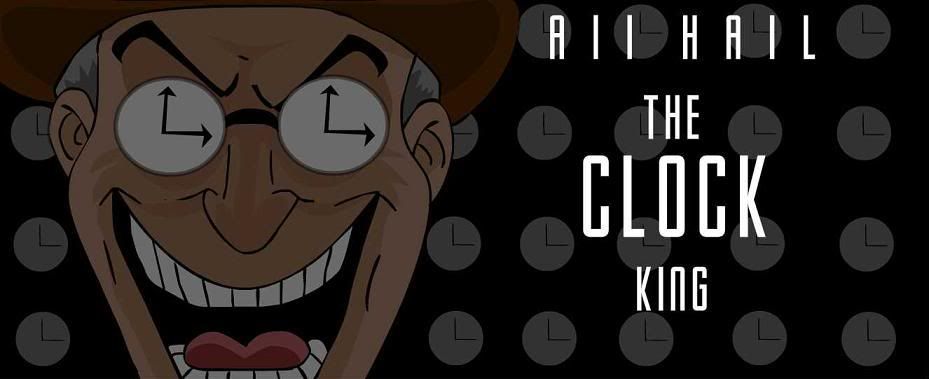 So I got thinking about where fun places to buy things are. I've recently fallen desperately in LOOOOOVE with Import.io. I'd been playing with a few little data scrapes but I finally decided to put it through some real paces now that I understood better how to train it and analyze the data after-the-fact.
So I got thinking about where fun places to buy things are. I've recently fallen desperately in LOOOOOVE with Import.io. I'd been playing with a few little data scrapes but I finally decided to put it through some real paces now that I understood better how to train it and analyze the data after-the-fact.Ah-Ha ThinkGeek! I'll scrape their entire catalog to see what to get for people!
- Computer Stuff
- Electronics
- Electronics & Gadgets
- Gadgets
- Geek Kids
- Geek Toys
- Home & Office
- Interests
- T-Shirts & Apparel
- Tools Outdoor & Survival
I decided to do sales data two different ways, first was to do sales percentage difference. That is to say the percentage off of the full price in a category (color depth denotes number of products in a category):
Finally the big payoff! Scroll over a product to load the product image and click on a product to load the product webpage (be careful not to scroll across another product after selecting one or another product image will load on top and thwart your shopping efforts!):
Let me know what other retail sites you'd like to see analyzed and I'll see what I can do!
Lastly I figured I'd show the amount of stuff that was out of stock at ThinkGeek which I found to be exceedingly high as well (a full 46% of their total inventory!).




